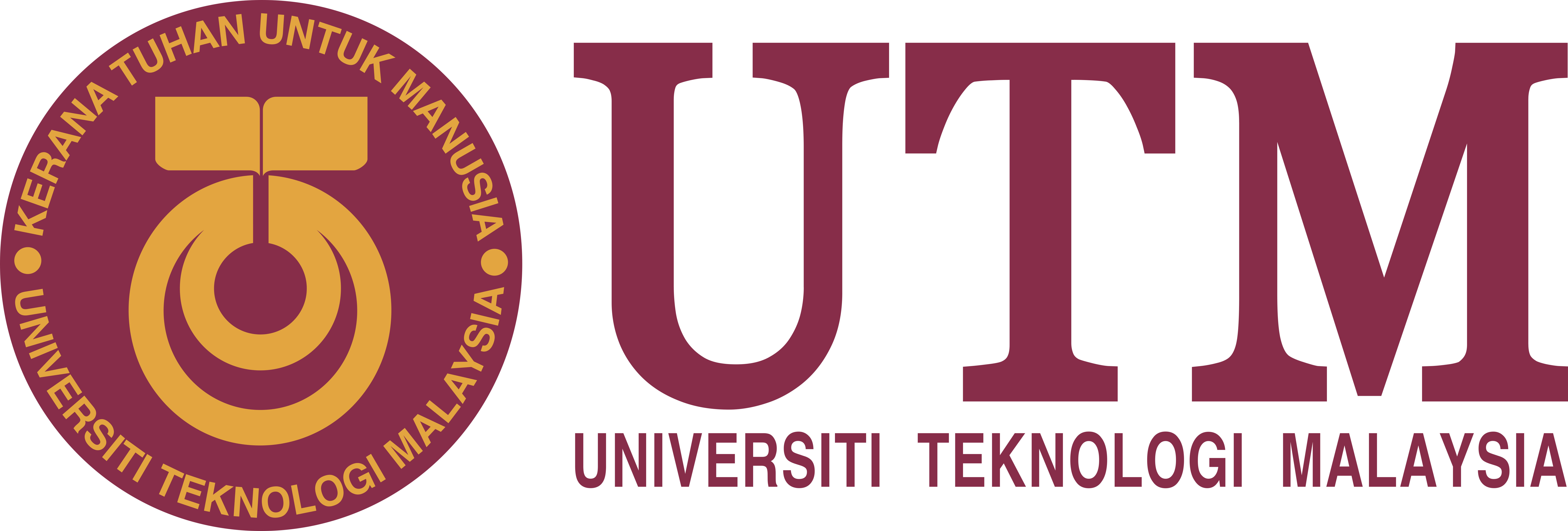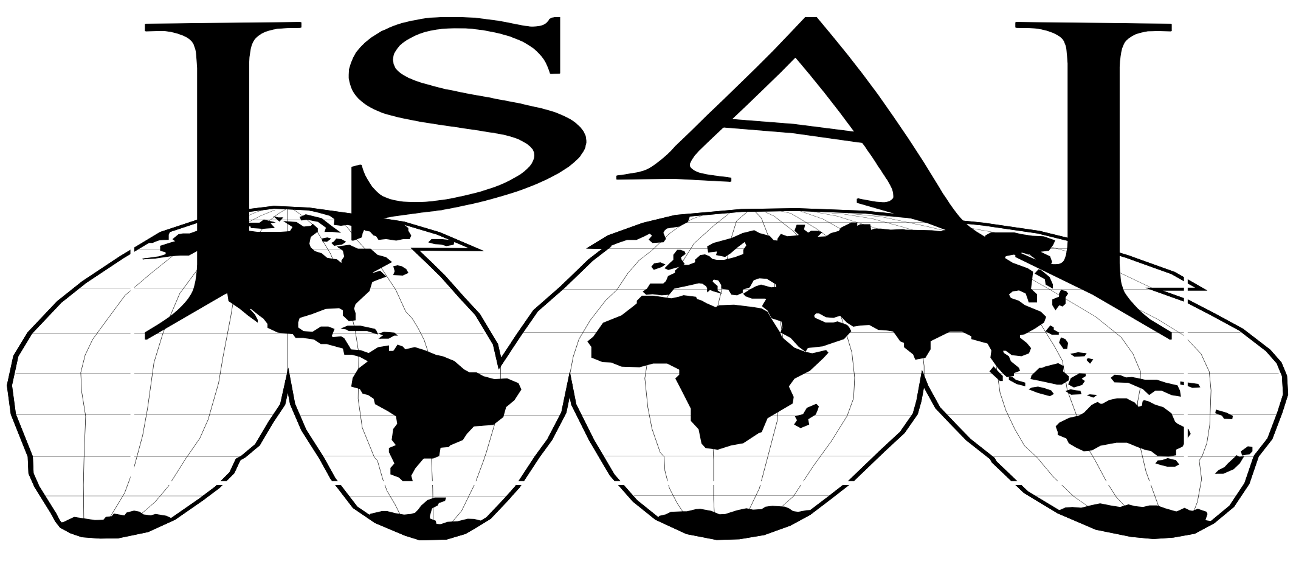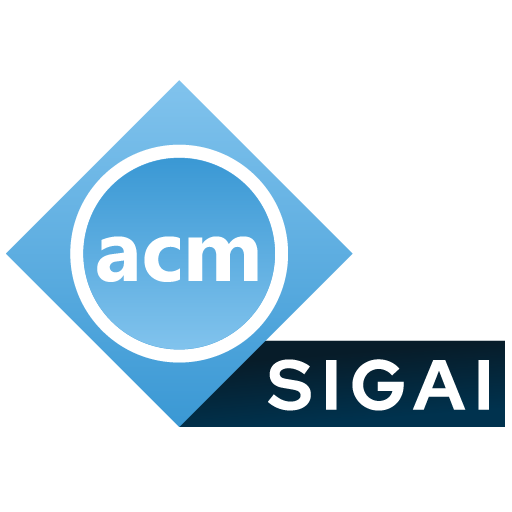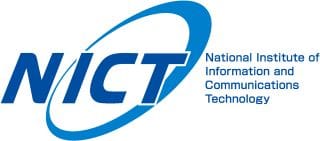IEA/AIE 2025
IEA/AIE 2025
Kitakyushu, Japan
| July 1-4, 2025
Keynote Speakers

Abstract
TBA
Biography: Enrique Herrera-Viedma is Professor of the Dept. of Computer Science and Artificial Intelligence at the University of Granada (UGR) and he is currently serving as Vice- Rector for Research and Knowledge Transfer at the UGR. He is Fellow IEEE and Fellow IFSA and Doctor Honoris Causa by Oradea University. He was Vice-President (VP) for Publications in IEEE System Man and Cybernetics Society and now he is VP for Cybernetics, one of the founders of the IEEE Trans. in Artificial Intelligence, and Highly Cited Researcher by Clarivate Analytics in Computer Science and Engineering in 2014-2023. He has published more than 350 papers in JCR journals, his h-index is 121 in Google Scholar (>65000 citations) and 92 in WoS (>35000 citations). In 2013 he published in the prestigious journal SCIENCE about the new role of digital libraries in the era of the information society. He is a member of the panel of experts of the national project evaluation agencies in Portugal, Switzerland, France, and Kazastan; and Member of the European Committee of Experts for the evaluation of strategic information infrastructure projects in Europe (ESFRI- European Strategy Forum on Research Infrastructures), since November 2017. He has also been guest lecturer in plenary lectures and tutorials in multiple national and international conferences related to Artificial Intelligence such as: 4th Int. Workshop on Preferences and Decisions, 2003, Trento (Italy); Modeling Decision for Artificial Intelligence. 2004, Barcelona (Spain); AGOP 2005, Lugano; 4th EUSFLAT & 11th LFA Conference, Barcelona, 2005; Third Int. Workshop of Artificial Intelligence ; ESTYLF 2010, Huelva; ; Int. IEEE Intelligent Systems 2014, Poland; IEEE SMC 2014; EUSFLAT 2017, Poland; SOMET 2017, Japan; PIC 2018, Nanjing, China; BAFI 2018, Chile; IPMU 2018, Cadiz. He .is Associated Editor in several AI journals like IEEE TFS, IEEE ITS, IEEE TSMC-Syst, Knosys, ASOC, Fuzzy Opt. and Decision Making, Information Sciences, Soft Computing.
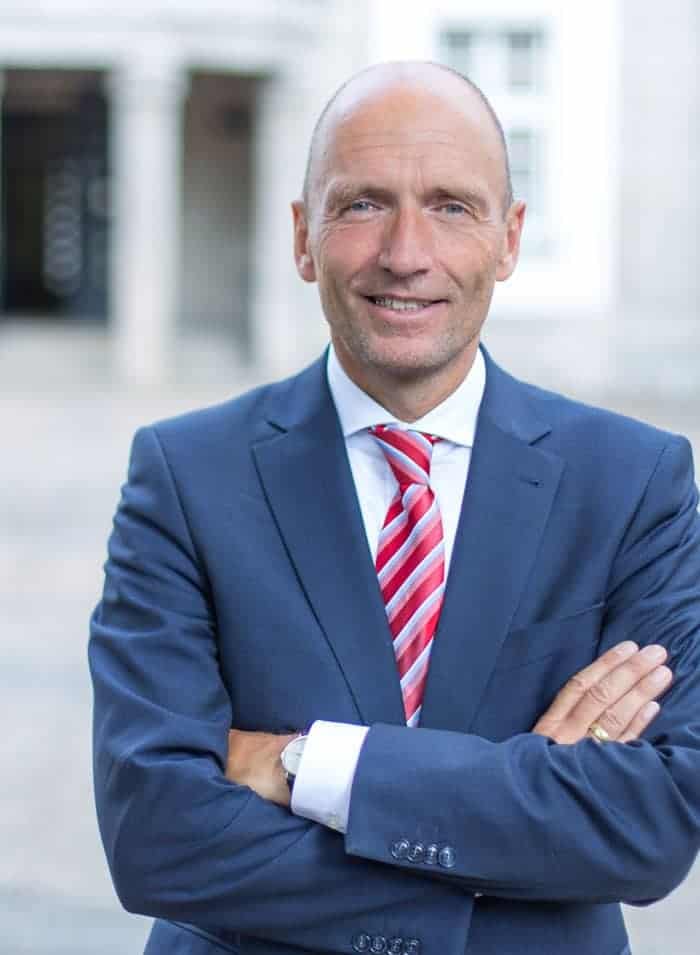
AI in Software Engineering: Productivity Gains Ahead?
Volker Gruhn
Universität Duisburg-Essen, Germany
Abstract
Software processes are digital by nature. All artefacts are digital, nearly all activities are supported by software tools. Moreover, information about previous software procceses is available in most organizations. A perfect setting for using Artificial Intelligence (AI). In this talk, we check which kind of AI should be useful in software processes, which main software development activities could be supported and which productivity gains are to be reached.
Biography: Prof. Dr. Volker Gruhn (born 1963) co-founded adesso SE (formerly adesso AG) in 1997 and is Chairman of the Supervisory Board, as of today.
He holds the Chair of Software Engineering at the University of Duisburg-Essen.
Prof. Dr. Volker Gruhn has been a member of the Digitalisation Advisory Board of DAK-Gesundheit and has been a member of the university council of Leipzig University since 1 March, 2019. He is also a member of the Board of Trustees of the Fraunhofer Institute for Software and Systems Engineering and the Fraunhofer Institute for Mechatronics Design Technology as well as the Bitkom Executive Board.
He is chairman of the Supervisory Board of Staige One AG and a member of the Advisory Board of Rogon Technologies GmbH.
He is also a co-founder of the SF Group (2008) in Leipzig, Gesundheitsforen Leipzig GmbH (2009), CampusLab GmbH (2012), Interaction Room GmbH (2014), TamedAI GmbH (2020), all based in Essen, and it factum GmbH (2007), based in Munich.
At the University of Duisburg-Essen he deals with mobile applications, their embedding in business processes and the design of software processes, working closely with companies from the insurance and healthcare industries.
Volker Gruhn studied computer science at the University of Dortmund from 1982 to 1987.
He then worked for the Fraunhofer Institute for Software and Systems Engineering and was a member of the management board of a software company of the former VEBA AG for two years.
In 1997, he took up a professorship at the University of Dortmund, where he remained until his appointment to Essen in 2002.
A two-month research visit at Swinburne University in Melbourne followed in 2000.
As chairholder of Applied Telematics/e-Business, from 2002 to 2010 he researched the development of mobile, distributed software systems at the University of Leipzig.
He is also involved in the following committees:
- DAK Digitisation Advisory Board
- BVB Economic Council
- Adesso Venture Advisory Board
- Adesso University Advisory Board
- Bitkom state spokesman NRW
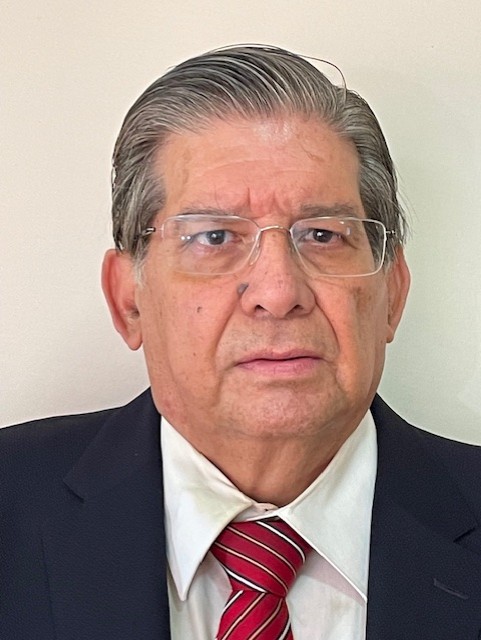
Compressive Sensing: Principles and Applications in Signal and Image Processing
Hector Perez-Meana
National Polytechnic Institute, Mexico
Abstract
Compressive sensing (CS) allows representing the signals in a much more efficient way than the stablished by the Nyquist Sampling Theorem. Thus, using the CS paradigm, a given sparse or compressible signal with respect to some basis, can be represented using smaller number of samples than the original signal which can be sufficient for exact (or approximate) recovery. Most practical signals such as audio, speech, medical signals and images, etc., can be considered as compressible ones. Because almost all can be represented in terms of a reduced set of sparse coefficients of a given base. This fact, which is an inherent characteristic of many natural signals, enables them to be stored using samples and subsequently recovered accurately, using compressive sensing. Once the signals or images of interest are transformed into a set of sparse coefficients, the resulting information is multiplied by a sensing matrix to obtain the compressed signal, which is then stored, transmitted or processed. To reconstruct the original signals, compressive sensing relies on the knowledge of the sensing matrix used in the compression stage and some mathematical algorithms to solve the problem of data reconstruction from a greatly reduced number of measurements. The characteristics of CS have been used to solve many signal processing problems, involving audio, speech, medical and image. Besides the development of compression schemes exploiting the signal sparsity characteristics, the CS can be exploited to solve problems such as speech enhancement, where the speech signal is corrupted by random noise. Because the speech signal corrupted by noise can be represented as a mixture of sparse (speech) and non-sparse (noise), CS reconstructs only the sparse components (e.g., speech). This is possible because in a time-frequency representation, speech signal is sparse whilst most noise is non-sparse. Other important applications of CS consist of solving the problem of blind separation of mixed signals in an additive way. One of the widely used methods to achieve this goal is the use of the independent component analysis (ICA) which require that at most one of the signals in the mixture be Gaussian. Because when the mixture consists of more than one speech signal, the mixture will contain more than one signal with Gaussian characteristics, CS can be used to convert the of audio signals in non-Gaussian ones. These are then used to estimate the mixing matrix directly from the compressive observations without reconstructing the mixtures. Another important problem that can be solved using CS is the simultaneous compression and encryption of audio signals, because to recover the original signal, it must be used the same sensing matrix used for coding. Then to correctly decompress the encoded signal it is necessary to use the same sensing matrix used during the encoding process. Thus, the sensing matrix becomes the private key of the CS-based encryption-compression system. The main advantages of CS-based is the fact that the decoding process requires only standard matrix operation and then the computational complexity is relatively low compared with other encryption systems. However, it has also become one of the main drawbacks of CS-based schemes. To overcome this problem and increase the security the sensing matrix of CS-based encryption scheme must satisfy the extended Wyner secrecy (EWS) criterion. Besides that, a double encryption scheme can also be used. This CS-based compression-encryption scheme can be applied to simultaneously compress and encrypt audio, speech and images. The CS can also be used to protect the privacy of image with different security levels, being able to protect only some specific areas rather than the whole image. Thus, it may provide privacy protection and controllable access to some specific regions of an image. These are only some of the potential applications of compressive sensing in signal and image processing field. This talk presents a review of the basic mathematical foundation of compressive sensing together with some successful applications in the signal and image processing field.
Biography: Hector Perez-Meana A received the M.S. degree in The University of Electro-communications, and a Dr. Eng. degree from Tokyo Institute of Technology in 1989. In 1991. He was a visiting researcher at the Fujitsu Laboratories from April 1989 to July 1991. From 1992-1997, he was a professor at the Electrical Engineering Department of the Metropolitan University of Mexico. Then, he became a professor in the Mechanical and Electrical Engineering Department at National Polytechnic Institute of Mexico (IPN), where he was the Dean of the Graduate and Research Section from 2006 to 2010, as well as from 2016 to 2019. He was Chair of the ISITA, 1998, of the IEEE MWSCAS, 2009, the IEEE-IWBF, 2018, and the SOMET 2021 and SOMET 2024. He is also an Associate Editor of Elsevier “Applied Intelligence” Journal. He received the IEICE Best Paper in 1991, the IPN Research Award in 1999 and the IPN Research Diploma in 2000. He is a Life Senior Member of the IEEE, a member of the IEICE, member of the Mexican Academy of Science; as well as from the National Researchers System of Mexico with Level III. He has published about 290 journal papers. He has been director of 40 PhD Thesis and 51 MSc thesis. His research interests include adaptive systems, signal and image processing and pattern recognition and related fields.








